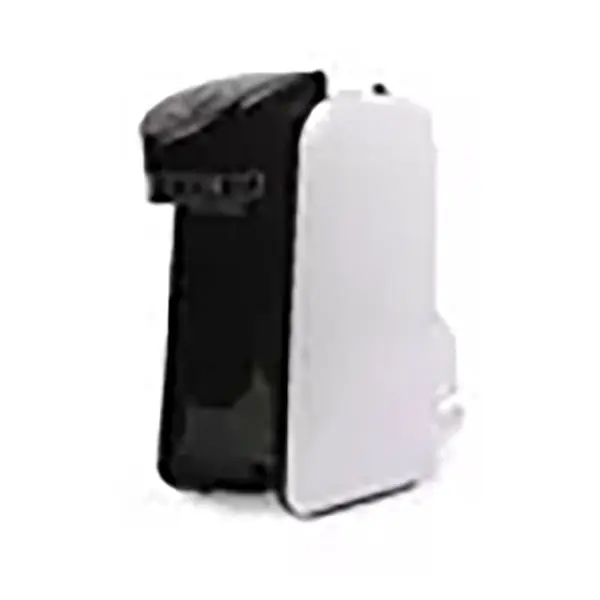do coffee machines need plumbing
Coffee lovers around the world rely on a cup of coffee every day to start their day energized and enthusiastic. With the increasing popularity of coffee makers, a question that often comes up is “Does a coffee maker need plumbing?” Bubble experience.
Learn about coffee machine types:
In order to troubleshoot plumbing issues, it is crucial to understand the different types of coffee machines on the market.
1. Manual espresso machine:
These traditional coffee makers require manual operation and usually do not require plumbing. You can manually fill the tank and monitor the pressure during brewing. While these machines offer a hands-on experience, they may not be ideal for those looking for convenience.
2. Automatic espresso machine:
Automatic espresso machines offer a more advanced brewing experience, featuring built-in grinders and programmable settings. These machines usually have a water tank that needs to be filled manually, no plumbing required. They are suitable for home and small commercial use.
3. Super automatic espresso machine:
These high-end machines are a barista’s dream, with automated brewing processes from grinding coffee beans to frothing milk. Most superautomatic espresso machines have a built-in water tank, eliminating the need for plumbing. However, some high-end models can be connected directly to the water supply for an uninterrupted brewing experience.
4. Drip coffee machine:
Drip coffee makers are popular for their simplicity and ease of use. These machines have water tanks that need to be filled manually. Although some models offer the option to connect to a water supply, this is not a common requirement for these machines.
Coffee Machine Pipeline Requirements:
The decision to install a coffee machine depends on several factors, including frequency of use, desired convenience, and available space. Pipeline coffee makers have a direct water connection, eliminating the need to manually refill the water tank. This feature is especially beneficial in high-volume commercial environments where time and efficiency are critical.
However, for most home users and small businesses, a piped coffee maker may not be necessary. The water reservoir on most coffee makers is designed to hold enough cups of water before needing to be refilled. Also, plumbing for a coffee maker requires professional installation and may incur additional costs.
Advantages of pipeline coffee machines:
While not necessary for all coffee machine users, in-line coffee makers have specific advantages worth considering:
1. Convenience: The plumbing machine provides a continuous flow of water, eliminating the need to constantly refill the tank.
2. Efficiency: Since pipeline machines do not rely on limited water tanks, they can brew multiple cups of coffee without interruption.
3. Maintenance: Pipeline coffee makers usually have a built-in water filtration system to ensure that the brewed coffee is purer and better tasting. In addition, they eliminate the risk of mineral deposits and scaling caused by hard water.
In the end, whether or not a coffee maker needs plumbing is a matter of personal preference and requirements. While piped coffee makers offer convenience and efficiency, they are not a necessity for most home users and small establishments. Manual and automatic coffee makers can provide a great brewing experience without the need for professional plumbing. Additionally, the costs involved and the specific needs of the user should be considered when deciding to install a coffee machine.
